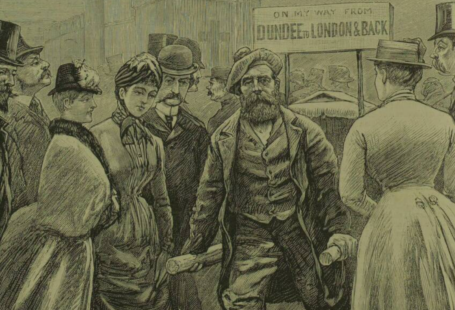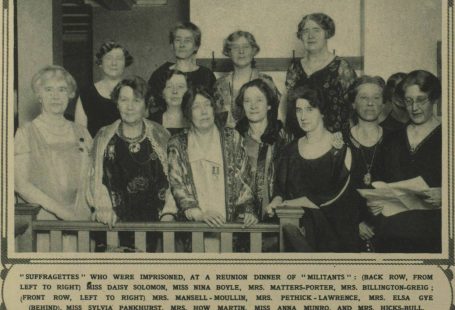HG Wells’ novel The War of the Worlds, the story of a Martian invasion of Earth, has had many adaptations since being published in 1898. It’s unlikely that any of these adaptations has developed such an aura of myth and infamy as the Orson Welles radio adaptation of 1938, which was alleged to have caused mass panic across the United States. Conducted as a drama broadcast via wireless, the program went out uninterrupted for more than an hour and portrayed the events of the novel as a series of newsflashes breaking across commercial radio networks, and featured ‘eyewitness accounts’ and statements from ‘local officials’. This broadcast has gone down in history as causing widespread chaos in the US, as naive audiences new to the medium of radio took the messages at face value, taking to the streets in fear of imminent extinction at the hands of aliens.
Sadly – for those who love a good story anyway – this reported panic was a fabrication. The show carried a warning, it wasn’t even listened to by that many people and those who did listen to it didn’t believe it for a second. In fact, a lot of the reporting was the concoction of print journalists looking to rubbish this dangerous new broadcasting platform. For more information on the myth and how it took shape, this excellent Telegraph article is the place to go.
For those of you interested in seeing how the newspapers reported on their made-up mayhem, read on!
Real names of towns used

One of the details that lent credence to the tales of public panic was the fact that Welles edited Wells’ text to reflect place names in the US, rather than UK. Horsell Common, Surrey because Grover’s Mill, New Jersey, for example.
Pandemonium Reigns!

As far as we’re aware, none of the above actually happened, particularly the ‘octopus-like men armed with death rays’. The reporter is good enough to state that the contents of this article are ‘almost unbelievable’. Almost, indeed.
The End of the World

Welles added to the authenticity of his creation by including equipment in use by the US military at the time. Wells had the HMS Thunderchild, Welles used a B17 bomber in its stead. The artillerymen in the book were replaced by a US gun crew, who struggled against a black smoke against which their gas masks were no match.
The American Panic

The Dundee Courier said about this panic that it was ‘doubtful if anything parallel to it has happened since the middle ages. That it should happen in so highly sophisticated a country,’ they continued ‘makes the phenomenon all the more strange.’
Women Faint

While women fainted in parts of the nation, Mr Welles doggedly defended his the faithfulness of his retelling of the original story, showing firmly where his priorities lay.
The Archive is rich with examples of this kind of story, reported on so widely that even today the accepted history among many people is one of panic, evacuation and fainting women. Browse the articles here.




